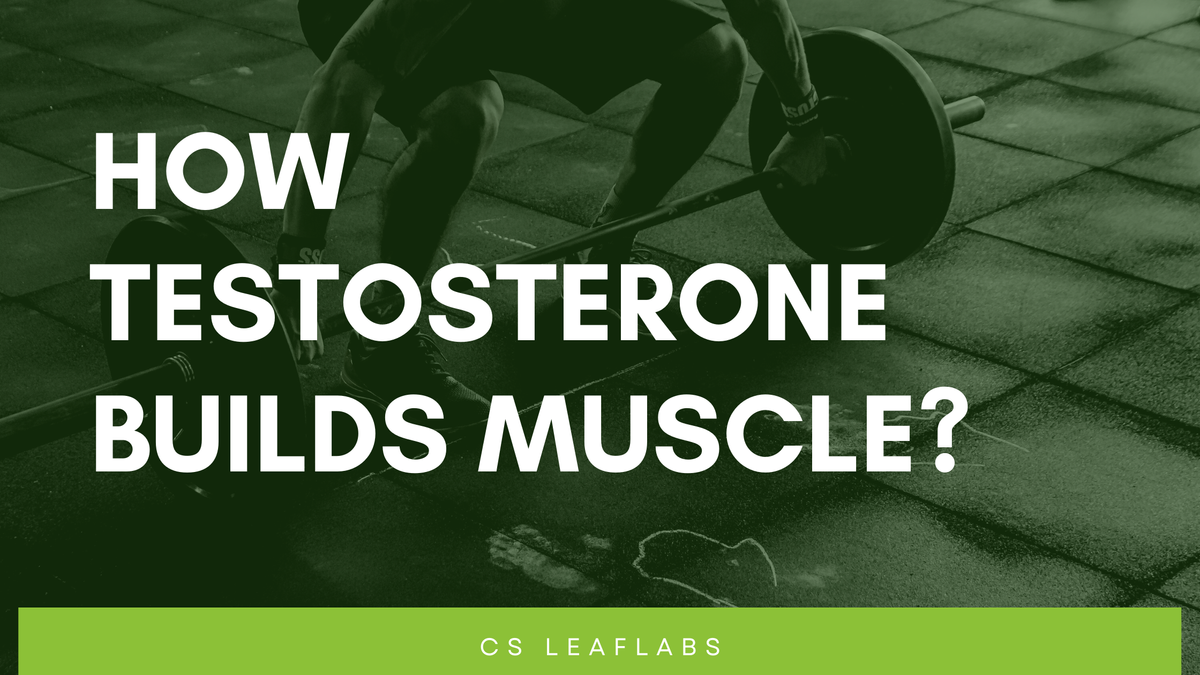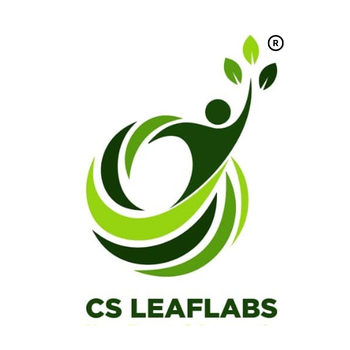
What is the correlation between hormone and hypertrophy (increased growth of muscle mass)
First of all, let's have a clear understanding of your muscle structure on how it growth
Understand your muscle structure
The big bulking skeletal muscles are made of a bundle of muscle fiber. It is a living cell with nuclei, mitochondria, and active metabolism.
It makes muscles a dynamic structure which it can respond to stress placed on them which means they can grow in size to meet the demand of weight lifting or any resistance exercise
On the opposite, it can also shrink or undergo atrophy if the muscle is not being used heavily.
To understand how muscles grow, we must first understand the fundamentals of skeletal muscle anatomy. Within each muscle cell, there are strands of stiff proteins called myofibrils that contain long proteins called filaments that are arranged in a parallel pattern that allows them to slide back and forth past each other.
This sliding mechanism is ultimately responsible for our muscles' ability to produce tension. When we zoom out to the surface of the muscle fiber, we can see tiny cells called satellite cells that hang out on the edge of the muscle fibers beneath the connective tissue. These are essentially dormant muscle cells, similar to muscle stem cells.
When our muscles are under a lot of tension, such as during resistance exercise, those myofibrils suffer some damage. This causes an inflammatory reaction in the muscle, which promotes healing. This inflammation also wakes up the satellite cells, causing them to fuse with the muscle fiber to which they are attached. And each satellite cell has a nucleus that contains the instructions for producing more contractile proteins. Increases in muscle size are primarily caused by the addition of these proteins to muscle
How does testosterone build muscle?
Each muscle cell has an androgen receptor, which allows it to receive messages from hormones such as testosterone.
Once testosterone enters the muscle cell and binds to the receptor, it moves to the nucleus, where our DNA is stored and stimulates the transcription of specific genes that produce more protein.
Testosterone can also promote the replication and activation of important satellite cells by stimulating the release of other growth factors.
In summary, testosterone promotes muscle growth by stimulating protein synthesis, but it does more than that; it also inhibits protein breakdown.
